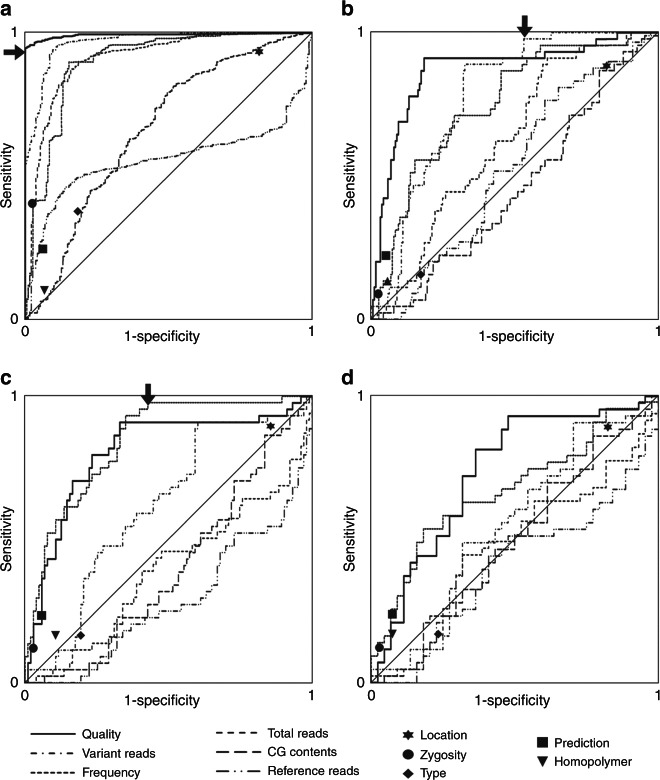Fig. 3. Iterative analyses aiming at the definition of classifiers that can predict true positive or false positive ES-derived candidate variants while maintaining high specificity and sensitivity.
Analogous features are depicted as receiver operating characteristic curves. Binary classifications according to digital features are indicated by filled symbols. a First round of analysis on all 1,048 variants. Arrow: “quality”-based binary classifier that correctly predicts status “confirmed” for 813 variants; 100% specificity is thus retained. b Second round of analysis on the 235 variants that remained after round 1. Arrow: “variant reads”–based binary classifier that correctly predicts status “not confirmed” for 87 of 88 variants. Overall sensitivity decreases to 99.9%. c Third round of analysis on the 147 variants that remained after round 2. Arrow: “frequency”-based binary classifier that correctly predicts status “not confirmed” for 59 of 60 variants. Overall sensitivity decreases to 99.8%. d A fourth round of analysis on the 87 variants remaining after round 3 does not define additional classifiers

